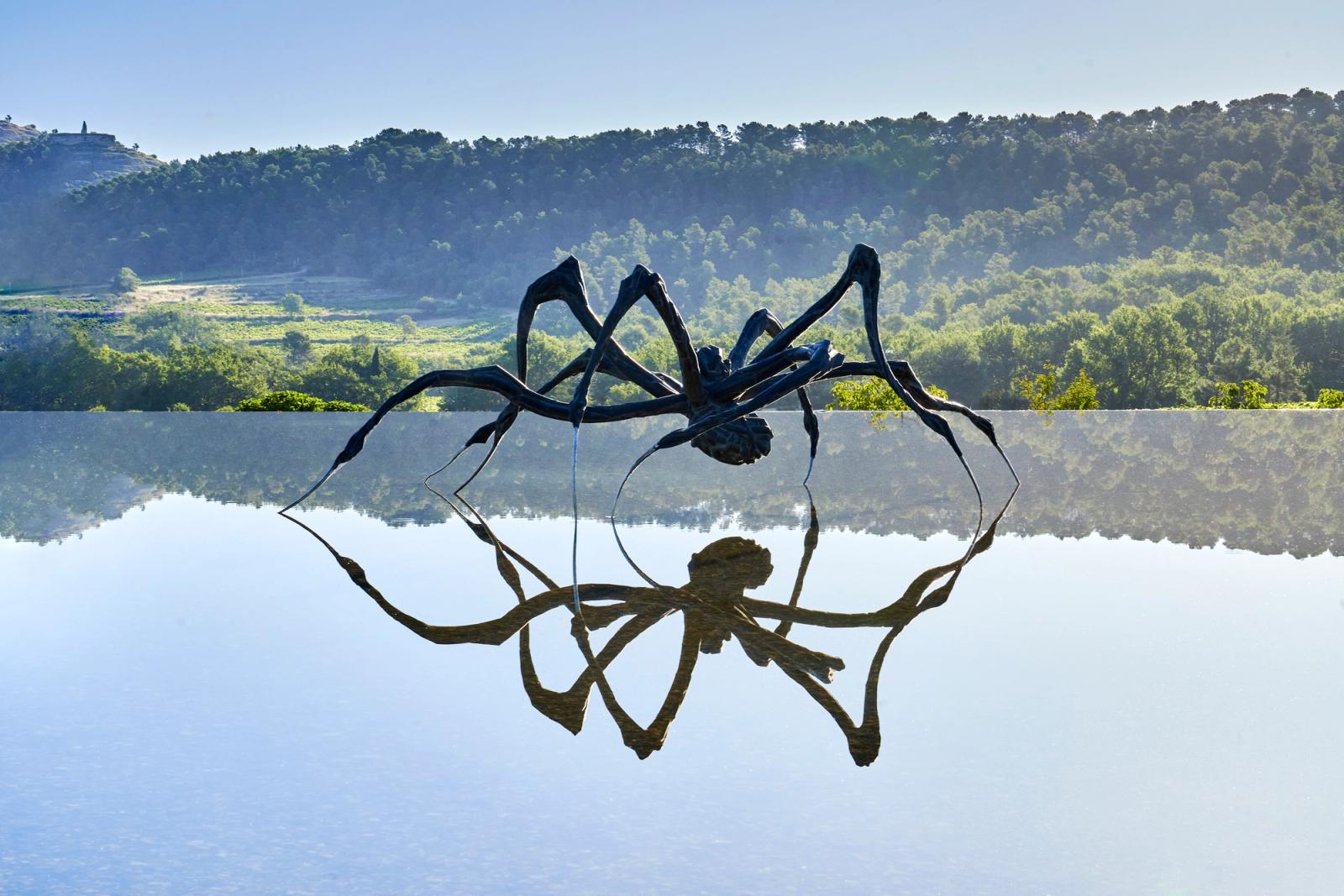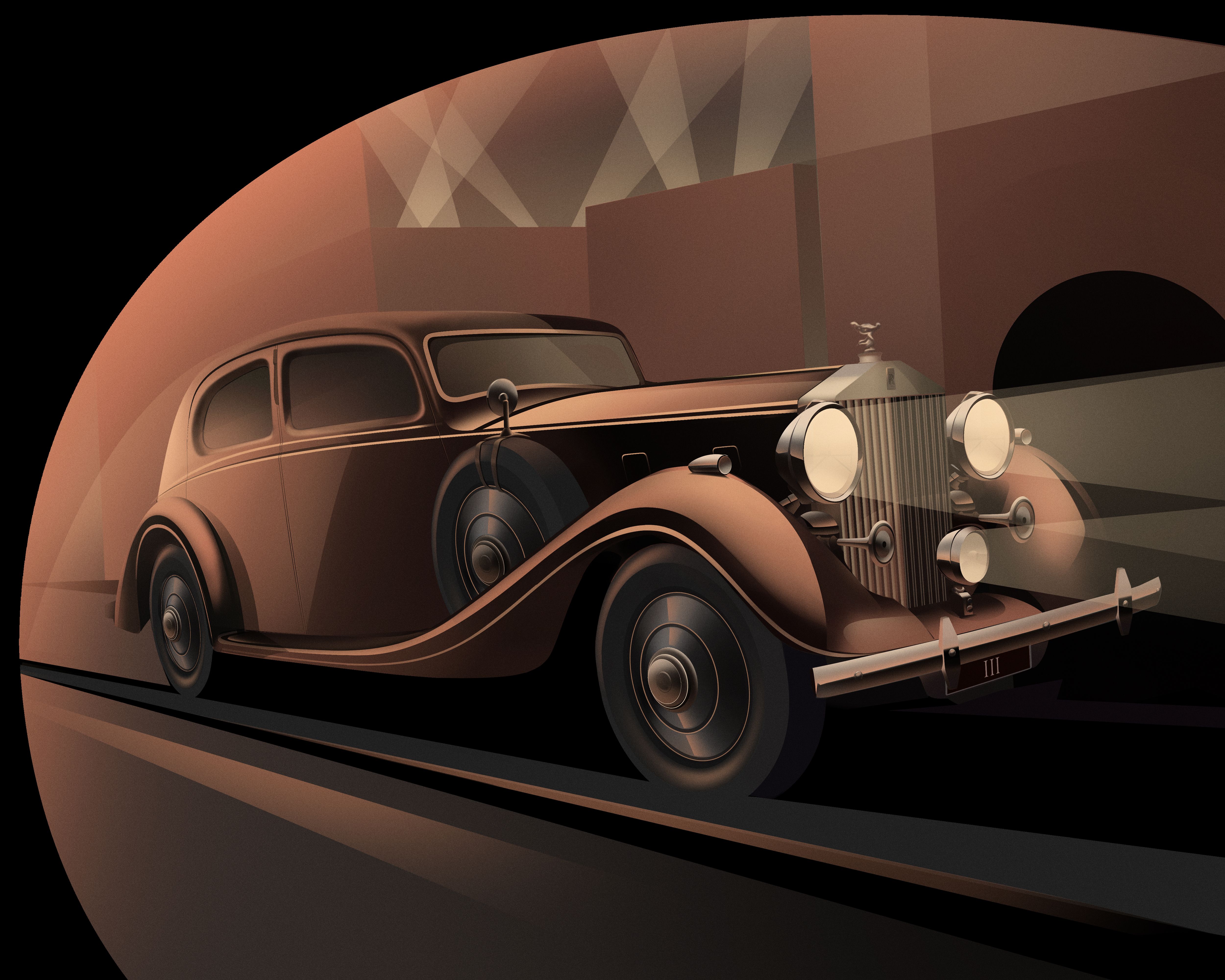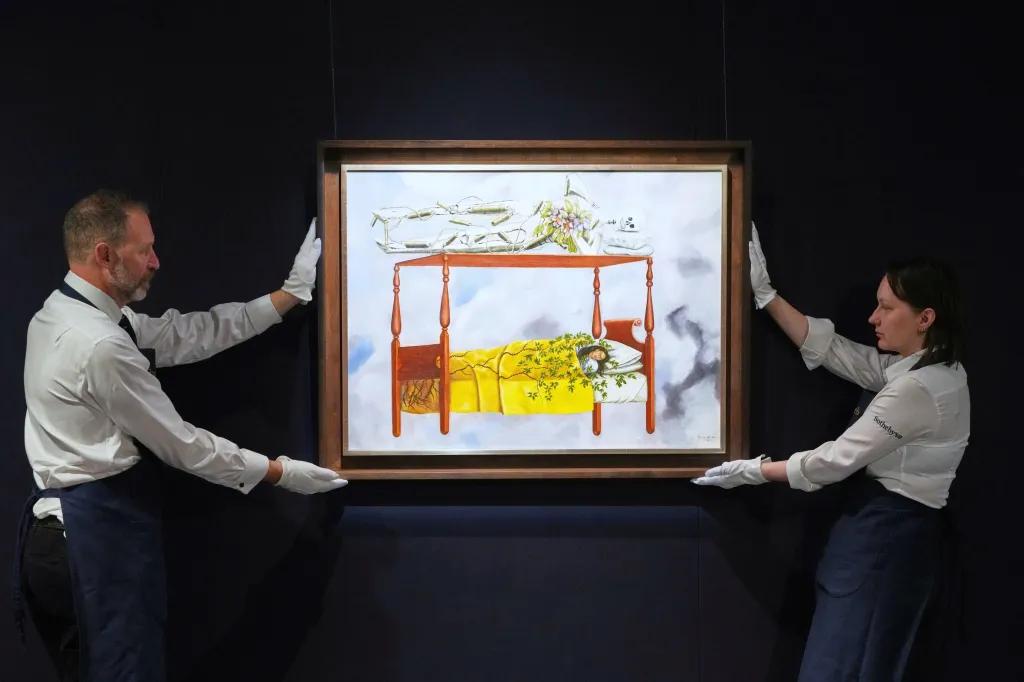The estate’s transformation into a contemporary art haven began when Irish businessman Patrick McKillen, a collector with a deep passion for modern art and design, purchased the property in 2002. Instead of treating the château merely as a vineyard, he envisioned a living gallery under the open sky. Today, the “Promenade Art & Architecture” attracts thousands of visitors each year, offering an encounter with artworks by some of the world’s most acclaimed artists and architects, set within Provence’s picturesque landscape.
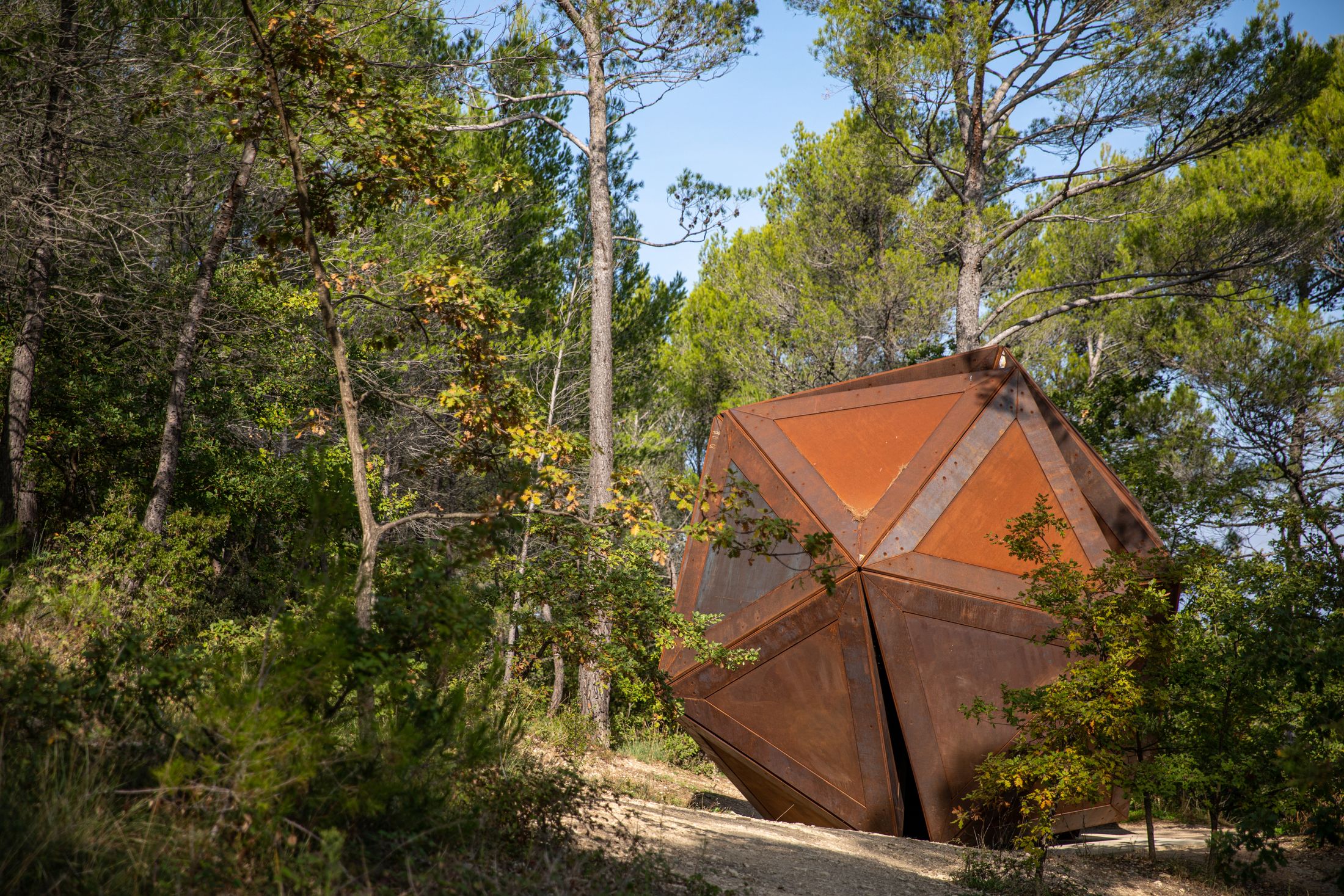
Schism by Conrad Shawcross
The Art & Architecture Walk stretches across about four kilometres, leading visitors through vineyards, forests, and gentle hillsides. It takes around two to three hours to complete, but lingering is part of the experience. The works are not designed to be ticked off like items on a checklist, but to be discovered and contemplated in situ.
Over forty site-specific works punctuate the trail. These are not merely plinths and statues dropped into a field, but pieces conceived in direct dialogue with the landscape. Some blend almost seamlessly into their environment, while others startle and provoke.
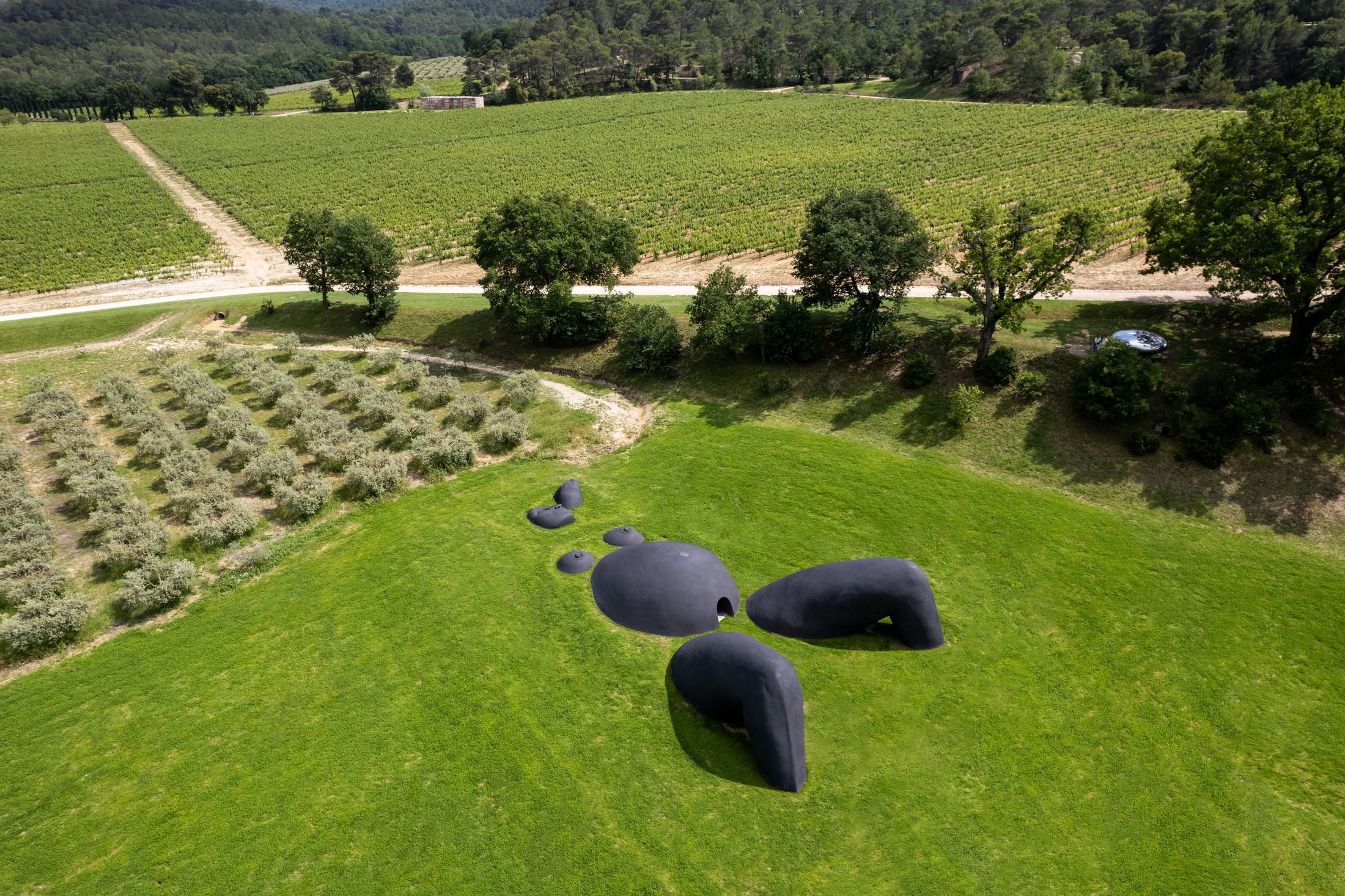
Mater Earth by Prune Nourry
The roster of participating artists reads like a who’s who of contemporary art. Louise Bourgeois’ giant spider, Crouching Spider, stands protectively near the reflecting pool, simultaneously unsettling and awe-inspiring. Richard Serra, known for his monumental steel installations, has placed massive, rust-toned slabs that redefine the viewer’s relationship to space and horizon.
Further along, Tracey Emin contributes her characteristically raw and personal work, Cat Inside a Barrel, while Sean Scully’s wall of cubes stand out against the muted greens and ochres of Provence.
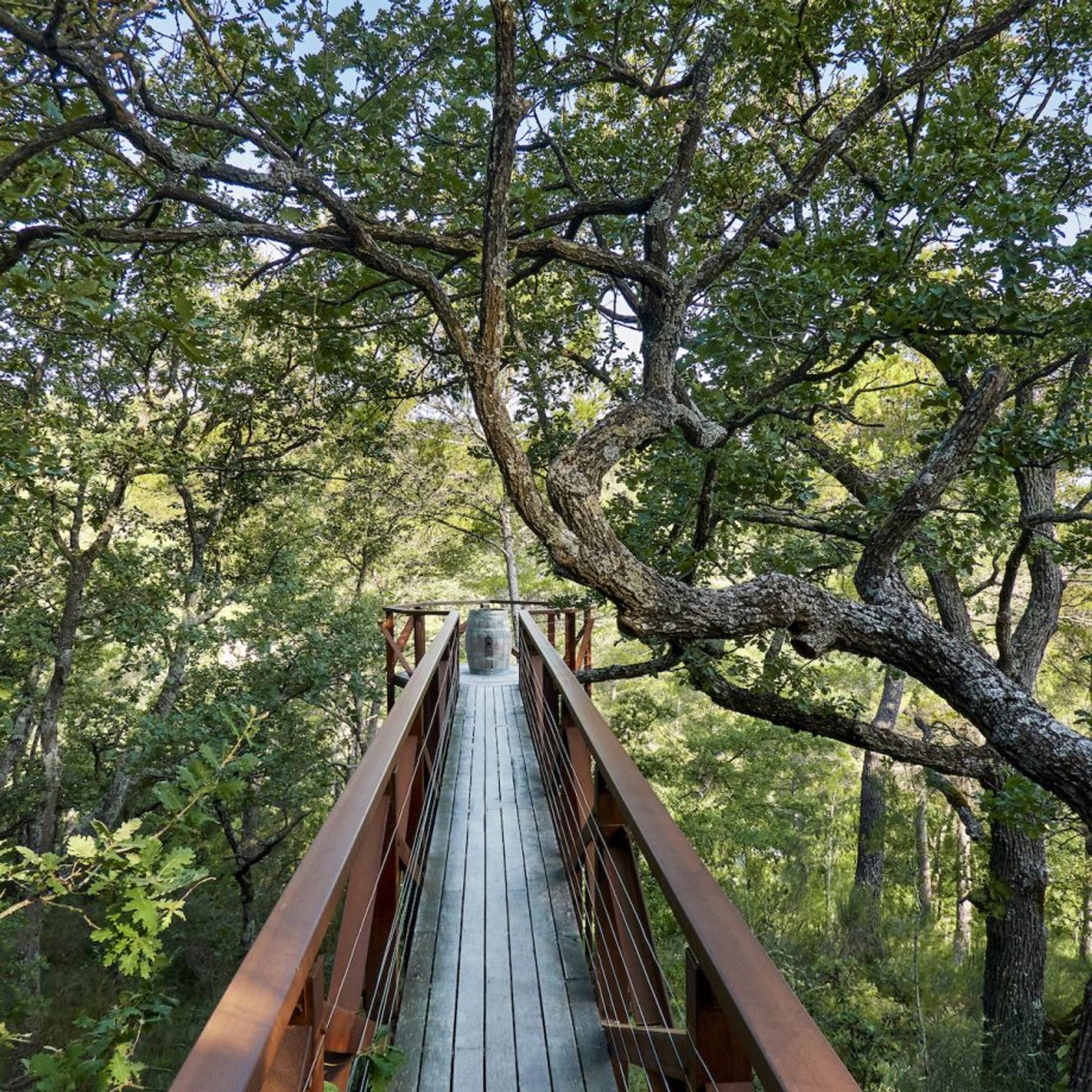
Self Portrait: Cat Inside A Barrel by Tracey Emin
Architecture, too, plays a starring role. The late Tadao Ando, the Japanese master of concrete and light, designed the estate’s art centre, chapel, and several other spaces. His minimalist structures, with their sharp angles and serene reflecting pools, anchor the experience and contrast with the organic flow of vines and olive trees.
The estate itself has its own story. Château La Coste has been producing wine since Roman times, and the vineyard remains very much alive, creating organic and biodynamic wines that can be enjoyed after the walk. Visitors often end their tour with a glass of rosé or a tasting menu in one of the estate’s restaurants, a reminder that the experience is as much about taste as it is about sight.
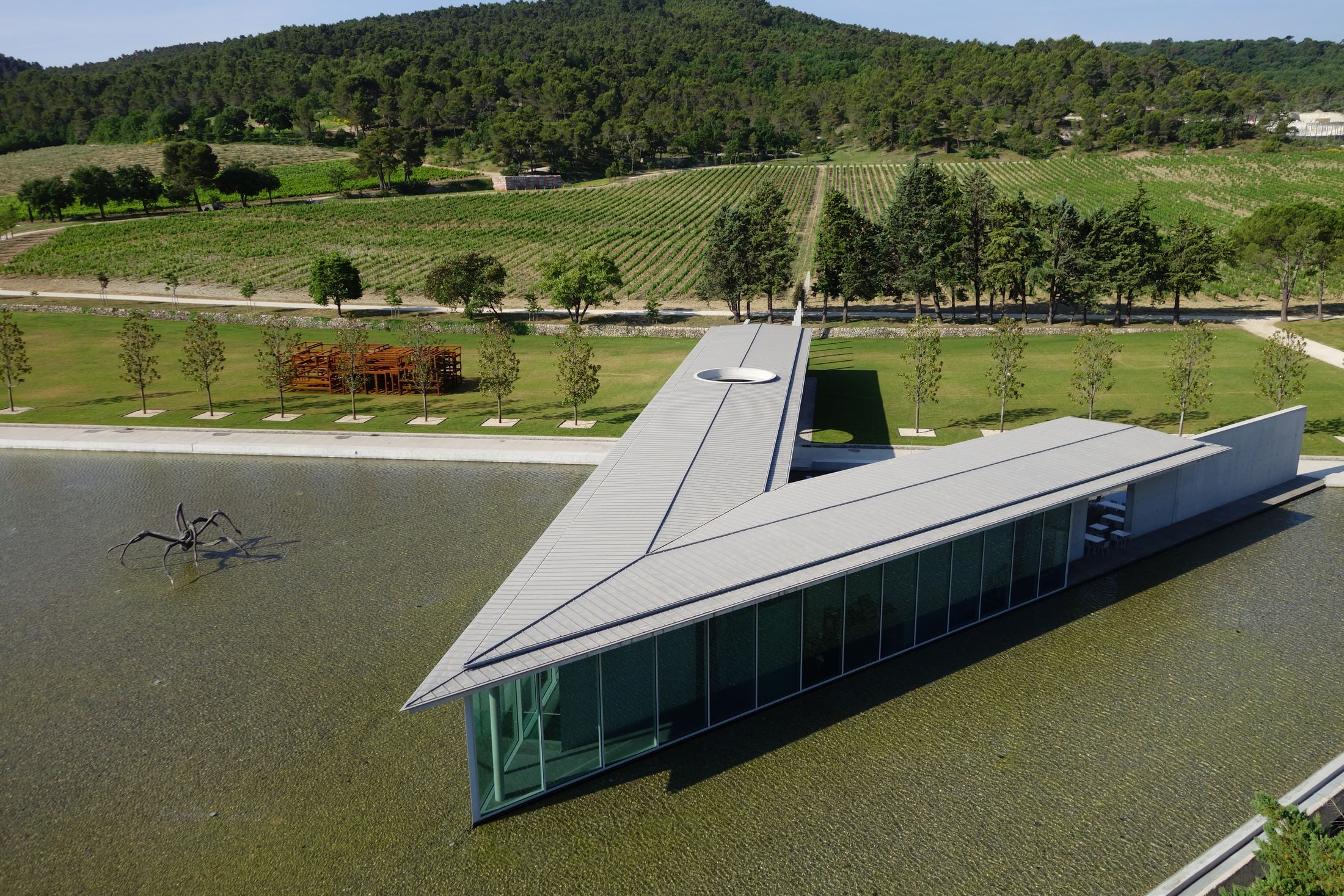
Chateau La Coste's main visitor centre, designed by Tadao Ando
Unlike a traditional museum, Château La Coste is constantly evolving. New works are commissioned, paths shift, and the dialogue between art and land continues to unfold. Patrick McKillen’s vision was not to create a static collection, but a place where creativity thrives in tandem with nature.
In a region already blessed with lavender fields, ancient villages, and Cézanne’s Mont Sainte-Victoire, Château La Coste manages to stand out. It offers something rare: the chance to step into an environment where art, wine, and landscape are not separate pleasures, but a single, unified experience.
Find out more: chateau-la-coste.com
